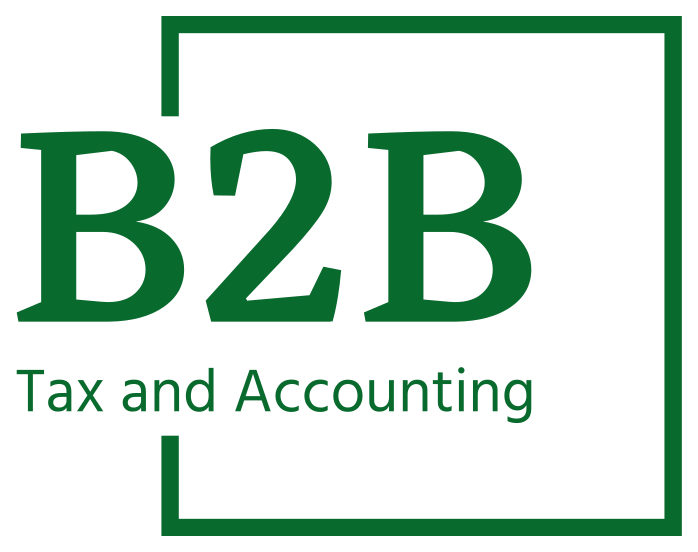Typically, students over 16 enrolled in post-secondary courses at a Designated Educational Institution in Canada can claim tuition credit when preparing their tax return. In addition, international schools qualify if the time abroad is full-time study lasting at least three weeks.
If a student’s employer pays or reimburses tuition, the student will “not be eligible” to claim the credit “unless” the employer includes the tuition amount in the student’s earnings. This is also true if an employer pays tuition to a parent on a student’s behalf.
An eligible course must be post-secondary, or a trade school can qualify. For example, suppose a student attends university but takes high school equivalency courses to prepare for later post-secondary studies. In that case, the student may not be eligible to claim tuition on the equivalency courses.
Tuition is a non-refundable tax credit. It means that it reduces the amount of tax you pay on your taxable income. You will not get money back from a non-refundable tax credit, but you can use it to offset how much you will pay.
For example:
Suppose you owe $1,000 in personal taxes but are eligible for $500 in non-refundable credits. You’ll only pay $500.
However, if you don’t owe any taxes and are suitable for $500 in non-refundable tax credits, you will not get a $500 refund.
Tuition Credit Documents
Colleges, universities and other accredited education institutions issue a T2202 – Education to attest that a student took eligible courses of suitable duration to qualify for the tuition tax credit.
Calculating and Claiming Tuition Tax Credits
As a non-refundable tax credit, if the tuition amount is higher than the tax owed, the non-refundable credit can only be used to reduce or eliminate the student’s federal/provincial tax bill but won’t generate a refund.
If you can’t use the total amount of the credit, any unused credits can be carried forward to a future tax year or transferred to a spouse/common-law partner or parent/grandparent.
You can calculate your tuition tax credit by multiplying the amount you paid for tuition by your federal and provincial, or territorial tax rate. For example, let’s assume your national tax rate percentage for the year is 15%, and you paid $5,000 in tuition, so 5,000 x 0.15 means
you’ll get a $750 federal tuition tax credit.
Transferring Unused Credit Amounts
Unused tuition credits can be transferred to qualifying relatives such as spouses, common-law partners, parents, and grandparents.
The student must designate the individual receiving the transfer and the transfer amount. This can be done with form T2202. Parents and grandparents are not allowed as transfer beneficiaries if your spouse or partner claims an amount for you on her return.
If parents or grandparents are eligible for the transfer, decide which parent or grandparent will claim the transferred amount. Note that you can only transfer current year tuition (up to $5K). The prior year’s tuition can only be carried forward.
Using Carry Forward Amounts
The amounts of unused credit are applied to reduce tax payable automatically. The Canada Revenue Agency (CRA) applies the available tuition amount carried forward every year to reduce your taxes to zero until it has all been used.
